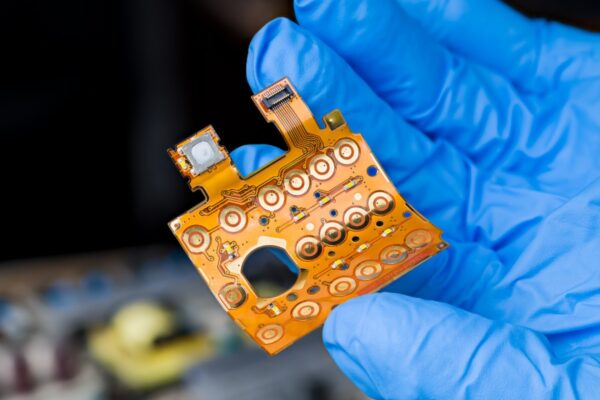What is Base Copper
Base copper is the thin copper foil portion of a copper-clad laminate used in the manufacturing of PCB. It serves as the foundation or substrate of the PCB and can be present on one or both sides of the board. The base copper layer is applied to the substrate material through a process called electroplating, where a thin layer of copper is deposited onto the surface using an electric current.
The use of copper as the base material in a PCB has several advantages. Copper has excellent thermal conductivity properties, allowing it to efficiently dissipate heat generated by electronic components on the PCB. This is particularly important in applications where heat management is crucial, such as high-power LED lighting systems. And, copper provides superior electrical conductivity compared to other materials, ensuring efficient signal transmission and minimizing signal loss, especially in high-frequency applications where signal integrity is critical.
To enhance the mechanical strength and durability of the copper-based PCB, the base copper layer is often reinforced with wood pulp or glass fiber. These reinforcement materials provide rigidity and improve the overall robustness of the PCB, making it suitable for real-world applications.





